Vietnam Independence Day: History, Significance, and Modern Celebrations
Celebrated on September 2, Vietnam Independence Day represents a turning point in the rich history of the nation. On this day in 1945, after years of struggle against colonial rule, President Ho Chi Minh stood before thousands at Ba Dinh Square in Hanoi and declared Vietnam’s independence from France. Let MOTOGO Tours explore the historical significance, key events, and modern-day celebrations of this momentous occasion.

The Historical Significance of Vietnam Independence Day
In Vietnam, Independence Day marks a centuries-long fight for self-determination rather than only a celebration of national pride. From opposing foreign control to declaring autonomy, Vietnam’s path was molded by a strong yearning for freedom that finally resulted in the end of French colonial control.
The Rise of Nationalism and the Fight Against Colonial Rule
Long before 1945, Vietnamese nationalism developed its essence. Beginning with the Chinese invasion and then the French colonisation, the nation suffered foreign control for decades. Resistance movements emerged during this time, many headed by the tenacious Viet Minh under Ho Chi Minh, trying to free their country from foreign control.
Ho Chi Minh’s Declaration of Independence
Ho Chi Minh spoke to the Vietnamese people on September 2, 1945, presenting the Declaration of Independence that connected with his vision of a free and united nation. Echoing lines from the U.S. Declaration of Independence, Ho Chi Minh underlined the universal rights of freedom and self-governance, therefore coordinating Vietnam’s battle with international movements against colonialism.
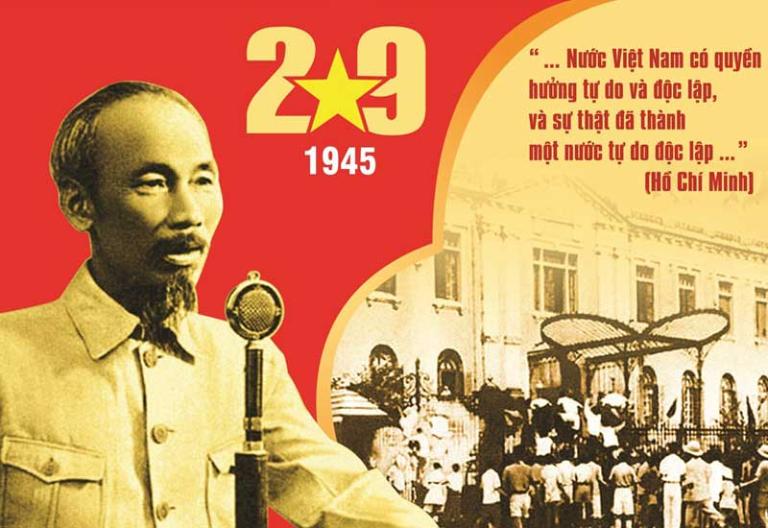
The First Vietnam Independence Day – September 2, 1945
One of the most pivotal events in Vietnam’s history—the day the country formally declared its independence from French colonial control—falls on September 2, 1945. After decades of foreign rule, exploitation, and persecution, Vietnam at last became a sovereign country.
Ho Chi Minh’s Iconic Speech at Ba Dinh Square
That historic day’s scene in Ba Dinh Square was really remarkable. Anticipation pervaded the square as thousands of Vietnamese people assembled. Rising to the podium was Ho Chi Minh, the Viet Minh revolutionary leader and head of the independence campaign. Wearing his trademark basic khaki suit, he gave a speech that would decide Vietnam’s future.
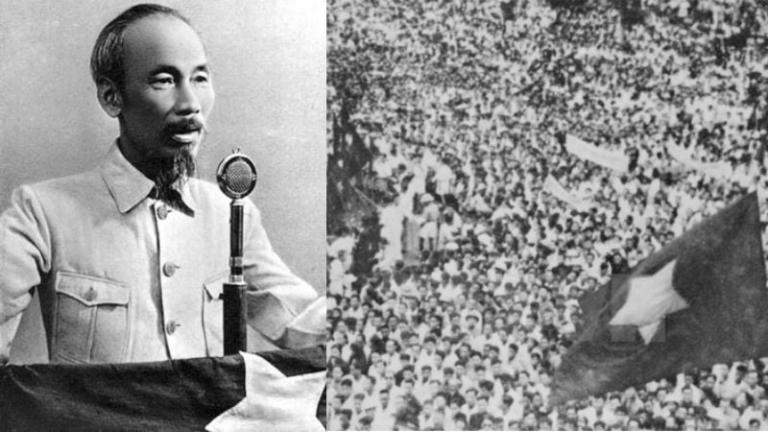
Ho Chi Minh declared independence from French colonial forces and the foundation of the Democratic Republic of Vietnam in his address. Inspired by the U.S. Declaration of Independence, he started with the now-famous line:
“All men are created equal. They are endowed by their Creator with certain unalienable Rights; among these are Life, Liberty, and the pursuit of Happiness.”
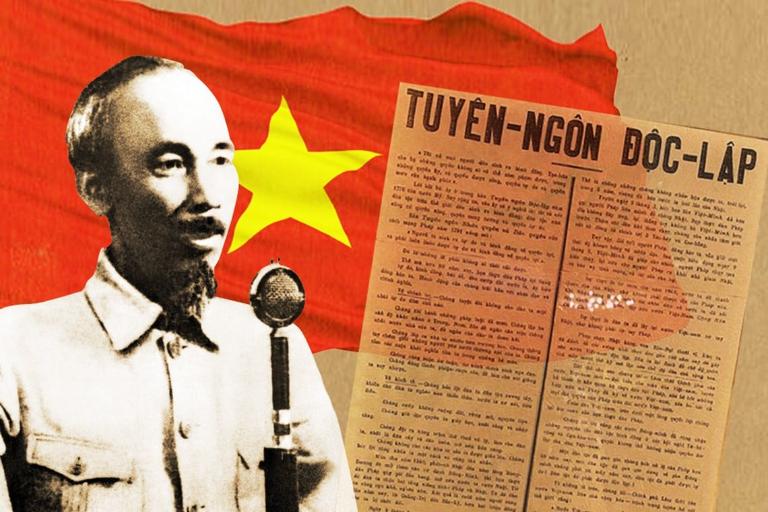
Ho Chi Minh then underlined the suffering and injustices the Vietnamese people had to go through during French colonial control. He denounced the terrible treatment of the Vietnamese people, the taxing of Vietnam’s natural riches, and the exploitation of those resources under crippling rates. His remarks resonated with a people long yearning for freedom as they were strong, passionate, and very affecting. His speech was an appeal to unity—a rallying cry for the Vietnamese people to come together and create a new, independent nation—not only a proclamation of sovereignty.
The Role of the Provisional Government
Along with Ho Chi Minh’s announcement, a makeshift administration was set up to start nation-building. Ho Chi Minh seized presidency, and the new government moved quickly to confirm national control. Rising as the main political movement in the recently established Democratic Republic of Vietnam, the Viet Minh had been in the forefront of the opposition to the French.
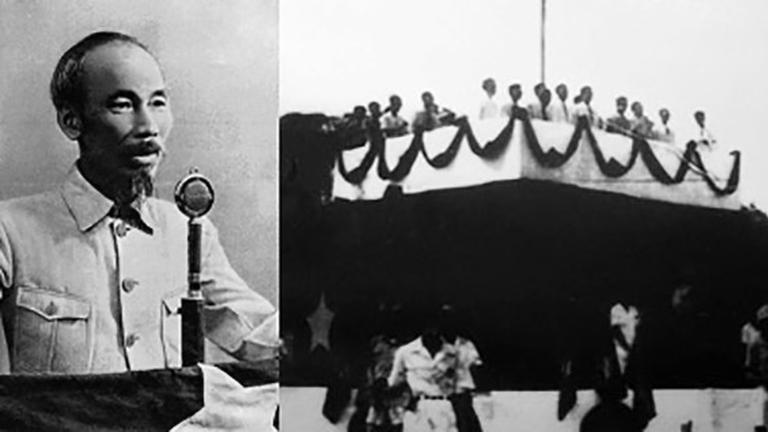
Among the many difficulties this temporary government faced were international acceptance, border security, and bringing the people together around a fresh future vision for Vietnam. Still, the Declaration of Independence marked hope and will for a fresh start, laying the groundwork for the next stage in the nation’s path.
How Independence Day is Celebrated in Vietnam
Celebrated on September 2nd, Vietnam’s Independence Day captures the pride and patriotism of the Vietnamese people. Strong national solidarity defines the day, which is full of vivid activities ranging from parades to cultural events.
Nationwide Parades and Ceremonies
The great parades staged in big cities including Hanoi, Ho Chi Minh City, and Da Nang mark Vietnam’s Independence Day’s high point. Carefully planned, these parades feature military men, veterans, government leaders, and citizens from many backgrounds. With uniformed troops marching in unison, the military presence captures the might and discipline of the armed forces of the nation.
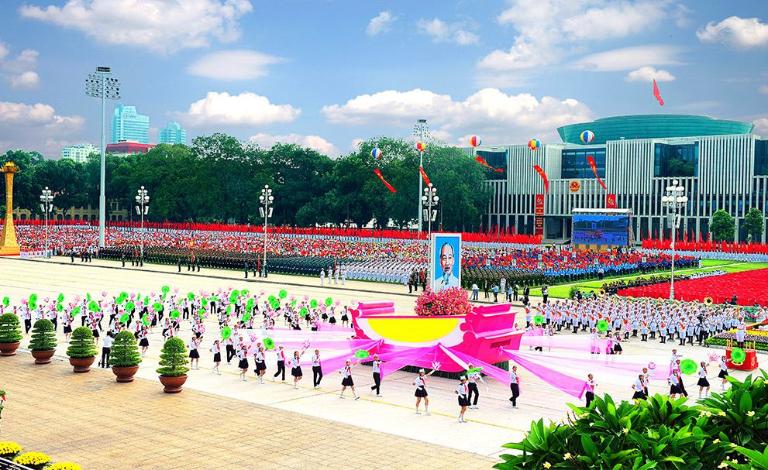
The festivities are especially noteworthy in Hanoi, at Ba Dinh Square, where Ho Chi Minh announced Vietnam’s freedom in 1945. Leaders of the government, notably the Prime Minister and the President, frequently give speeches commemorating the national successes and stressing the need of sovereignty for the country. These events help one to remember Vietnam’s past.
Cultural Performances of Vietnam Independence Day
Apart from the parades, Independence Day celebrations revolve mostly on cultural events. Along with honoring the revolutionary attitude that resulted in independence, traditional music, dances, and theater help to bring to life Vietnam’s rich cultural past. Along with folk dances and re-enactments of significant historical events, these presentations frequently feature traditional instruments including the dan bau and dan tranh.

National Flags and Patriotic Displays
The national flag of Vietnam is among the most obvious Independence Day emblems there are. The famous red flag with a yellow star decorating the streets stands for the unification of the Vietnamese people and Communist Party leadership. The flag is boldly displayed in homes, shops, and public buildings to create a sea of red and yellow all around the nation. Apart from the flag, patriotic posters, banners, and slogans, public areas also feature conspicuously exhibited elements promoting the ideas of independence, unity, and resistance.
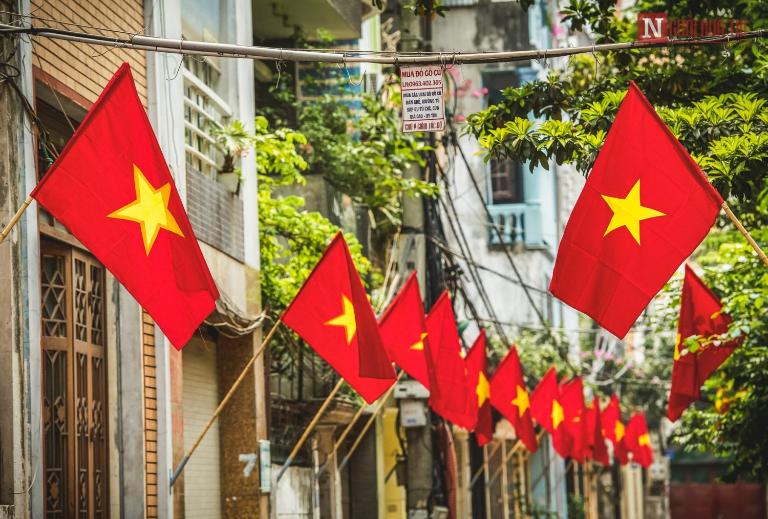
Especially at the Ho Chi Minh Mausoleum in Hanoi, flag-raising rituals constitute likewise a major activity of the day. Early in the morning, the national flag is raised in front of the mausoleum accompanied by the national anthem in a somber ritual. Attracting both residents and visitors, this event provides a moving occasion to pay tribute to the country’s freedom fight.
Key Destinations to Visit on Vietnam Independence Day
Vietnam Independence Day is a great chance to visit some of the most important historical landmarks in Hanoi, not only for parades and festivities. These locations let residents as well as visitors to really embrace national pride and consider the road the country has taken to become independent. Especially, to enhance your experience, you can choose guided tours Hanoi like Hanoi Motorbike Tours. They will provide a comprehensive overview of Independence Day’s significance.
Ba Dinh Square – A Historical Landmark
Most likely the most significant historical site in Vietnam’s struggle for freedom is Ba Dinh Square in Hanoi. Ho Chi Minh delivered his famous Declaration of Independence from this precise place on September 2, 1945, therefore launching the Democratic Republic of Vietnam. Ba Dinh Square is still the centre of attention for Independence Day festivities nowadays. On this day visitors to the square will see formal speeches honoring Vietnam’s revolutionary past, flag-raising rituals, and great military parades.

Ho Chi Minh Mausoleum
One of the most revered monuments in Vietnam is found inside Ba Dinh Square—the Ho Chi Minh Mausoleum. Ho Chi Minh, the leader who led Vietnam toward independence, is housed in this towering building in pristine form. For thousands of Vietnamese people visiting to honor “Uncle Ho,” the mausoleum becomes a pilgrimage site on Independence Day. The seriousness of the mausoleum’s ambiance contrasts with the exuberant celebrations outside to provide a moment of contemplation on the costs paid for Vietnam’s independence.
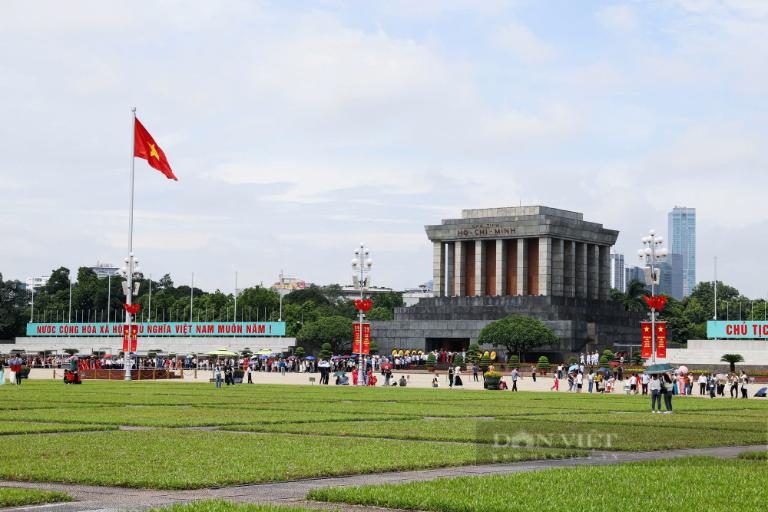
Hanoi’s Old Quarter – The Heart of Vietnam’s Revolutionary Spirit
During Vietnam Independence Day celebrations, the Old Quarter of Hanoi is an interesting place to visit with its labyrinth of little lanes and ancient buildings. Though it might not be as closely related to the activities of the day as Ba Dinh Square, the Old Quarter was a hive of revolutionary activity during Vietnam’s struggle for independence. French colonial buildings that testify to the stormy heritage of the nation line the streets; during Independence Day the Old Quarter comes alive with celebrations.
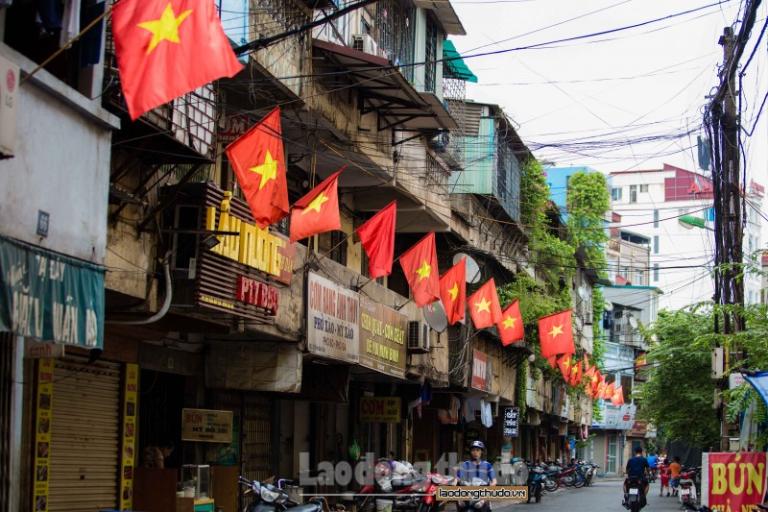
Hoa Lo Prison
The Hoa Lo Prison, sometimes known as the “Hanoi Hilton,” is another important location worth seeing on Vietnam’s Independence Day. Originally used by the French colonial administration to house political detainees, this jail gained notoriety for housed American POWs during the Vietnam War. Though it’s a depressing location to visit, Hoa Lo offers a sobering reminder of the terrible reality experienced by those who battled for Vietnam’s independence.

Vietnam Military History Museum
On Independence Day, the Vietnam Military History Museum—which is housed in Hanoi—is a fantastic site to visit to have a complete picture of Vietnam’s military past. The museum’s collection spans anything from antiquated weapons to artifacts from the conflicts involving France and the United States. Exhibits on the Dien Bien Phu triumph—which was instrumental in bringing French colonial control to an end—as well as relics connected to Ho Chi Minh’s leadership throughout the struggle for independence are on view for visitors.

A potent reminder of Vietnam’s long and difficult path to freedom is provided by its Independence Day. September 2nd remains a day to recognize the sacrifices made in search of autonomy from the relentless efforts of Ho Chi Minh and the Viet Minh to the ongoing growth of the country. Vietnam is flourishing now as evidence of the will, tenacity, and harmony among its people.
Related posts:

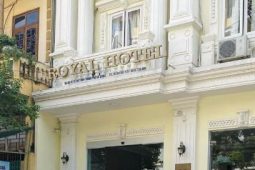

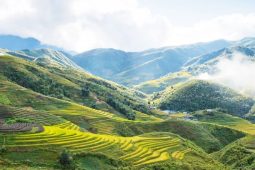



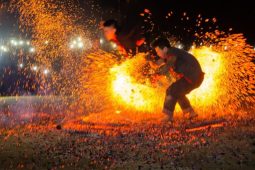
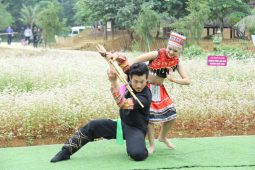
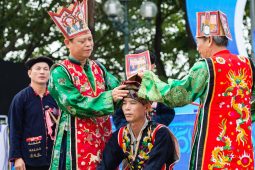

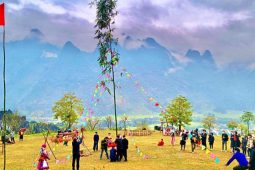

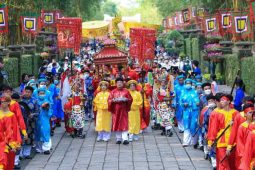
Be the first to comment!